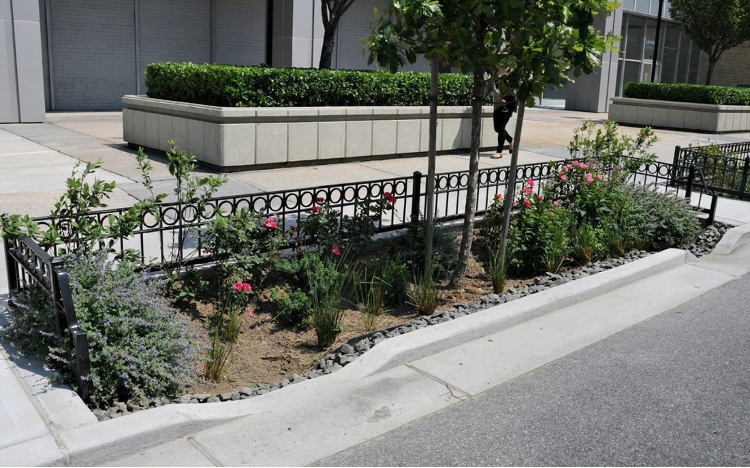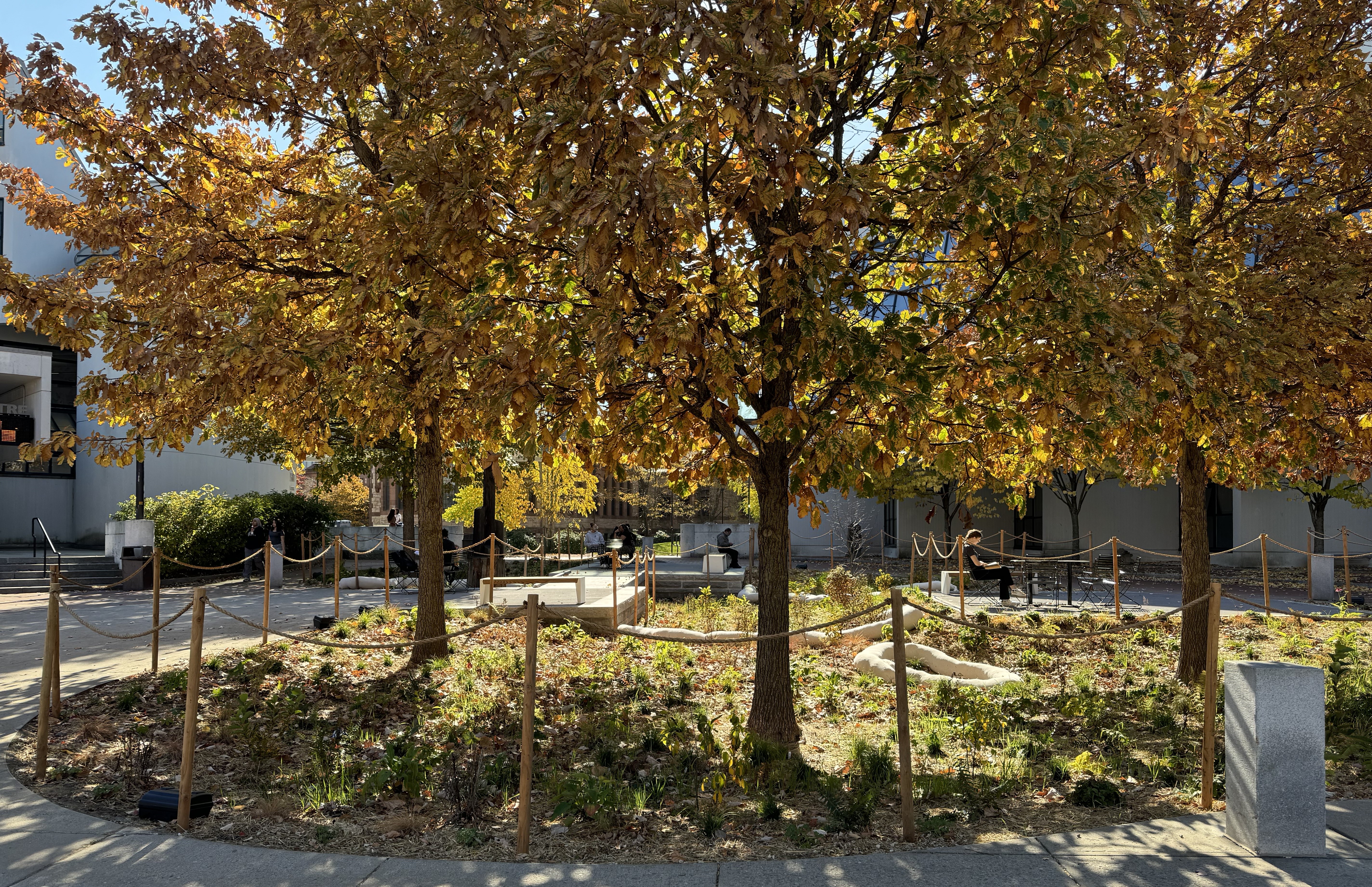Committee: Environment
Cost: $120,000
Location: TBD consistent with Climate Adaptation Plan
Short Description:
Rain gardens are engineered to use specific soil and plants that absorb and filter stormwater, and are a cost-effective, beautiful way to naturally clean runoff and protect from flooding. Green infrastructure has never looked so good!
Long Description:
When it rains in Cambridge, instead of soaking into the earth, water flows over impermeable concrete on our streets and sidewalks, picking up pollutants on its way to the sewer. Stormwater runoff carries trash, bacteria, and chemicals that can flood our streets, contaminate our rivers and streams, and overwhelm water treatment facilities.
Beautiful rain gardens--often also called bioswales--are one simple yet surprisingly effective solution. Hardy plants are essentially planted in specially engineered layers of soil and stone, typically near roads, parking lots, and other areas covered by concrete and asphalt. When it rains, water is directed toward the bioswale, where microorganisms in the soil digest the oils and grease in runoff and the plants absorb phosphorus that can kill life in our rivers, lakes, and oceans. The whole infrastructure together slows down the movement of excess stormwater which can otherwise overwhelm the sewer system.
In the face of climate change and more extreme weather events, we need to harness nature-based solutions to get stormwater under control. There are currently 9 bioswales throughout Cambridge, and this project would add 2 more alongside ongoing road improvements consistent with locations identified in the Climate Adaptation Plan and where the city is most prone to flooding.

Project Update:
This project is now complete! A new rain garden supported by PB project funding has been installed as part of the Cambridge Rindge and Latin School Plaza Improvement Project as of October 2024!

The rain garden replaces what used to be an old decking area. The old decking area had an existing depression in the ground, which made it to be a particularly effective location for a rain garden! As storm water flows towards the rain garden, the soil and greenery slow down the rate at which water seeps through the soil, maximizing the amount distributed and kept for plants in the rain garden before entering the storm water system. If you haven't already, be sure to stop by the new CRLS plaza to enjoy this new space!



